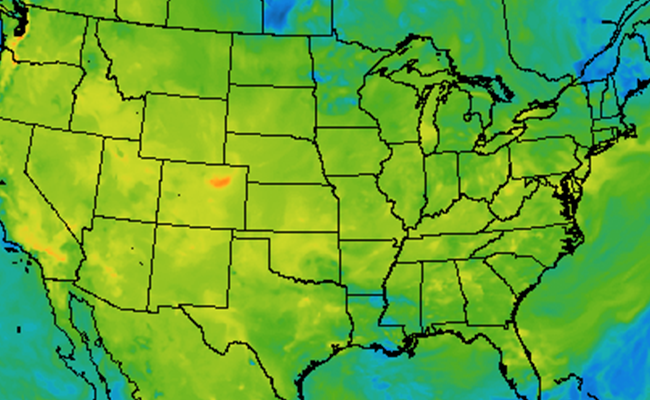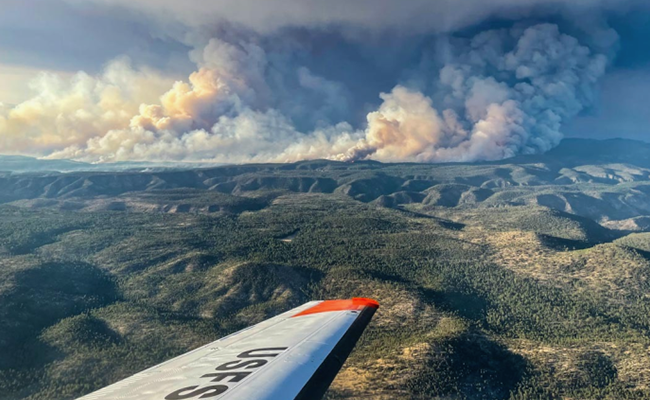The fire behavior model will largely increase the UFS’s potential to carry out fundamental fire research, provide predictions of the fire evolution, and improve fire weather forecast information.
Heat waves push surface ozone levels to unhealthy levels, powerful streamers of moisture lead to torrential rain and flooding, and clusters of wildfires send far-reaching smoke emissions.
We work across the Weather Enterprise to improve fire, smoke, air pollution, and atmospheric river forecasts.







